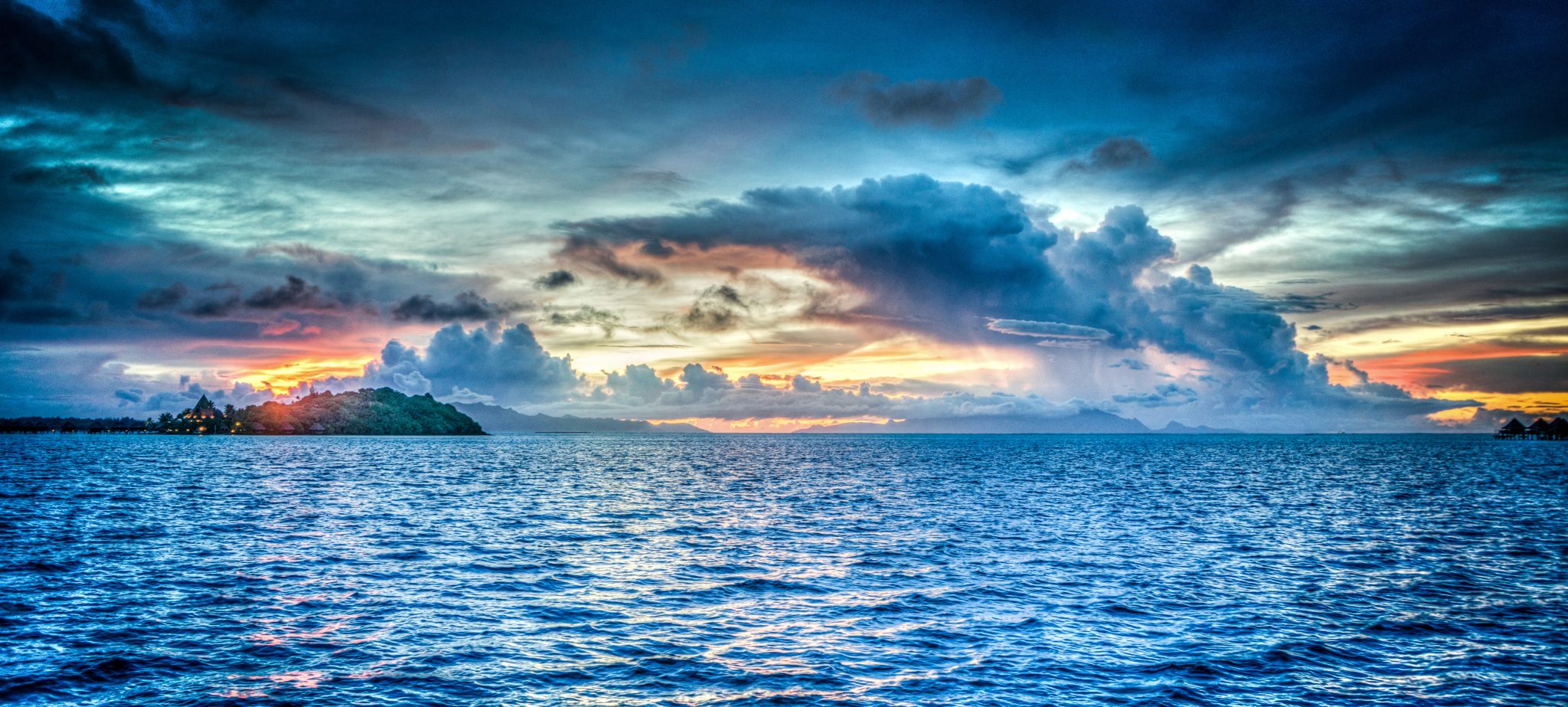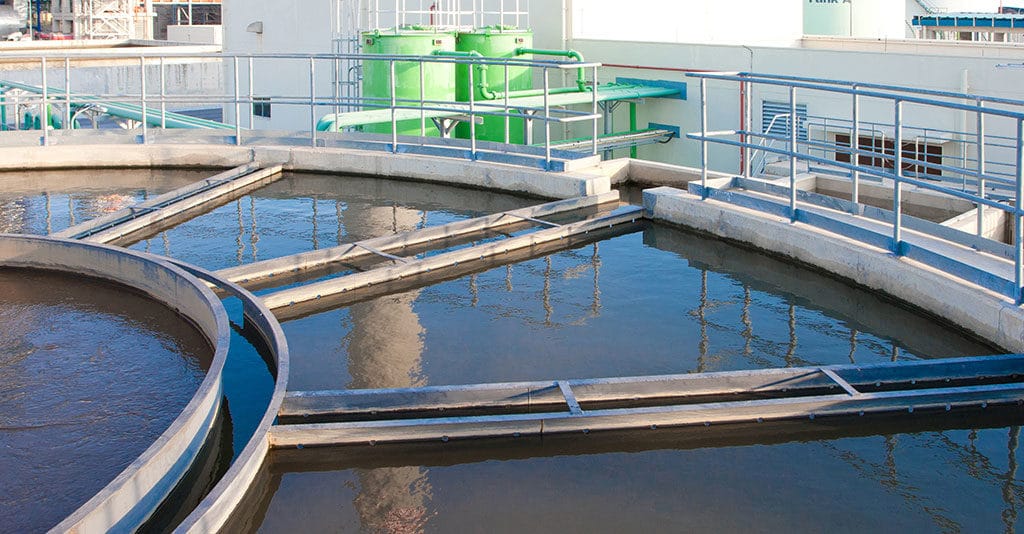In part two of our series, we will continue to understand our seas by looking further into different life forms and nautical objects. Sink down into the depths with this week’s interesting facts:
- The Vampire Squid- This twelve inch long cephalopod exists in deep temperate and tropical waters. It actually possesses elements of both the squid and octopus which places it in its own order of scientific classification. It has huge blue eyes, which are the largest in the animal kingdom based on its size. Vampyroteuthis infernalis means “vampire squid of Hell.” It inhabits the dark seas regions of between two thousand to three thousand feet. If threatened, the vampire squid squirts out a cloud of sticky, bioluminescent mucus at potential predators.
- Do Fish Sleep?- Fish do not sleep in the same way land animals sleep. They do rest, but this is more of suspended animation where they hide from predators while they rejuvenate. You could say it is more like a spa treatment as they often wedge themselves in mud or coral.
- Whale Falls- When whales die they sink to the bottom of the sea floor and create a feeding feast for other sea creatures. Once the soft flesh is devoured, the skeleton can provide an abundant community for marine life for decades.
- Horseshoe Crabs- Are Horseshoe crabs really crabs? Actually, they are more closely related to spiders and scorpions than its namesake. Horseshoe crabs are very important to modern medicine. Their blue copper-base blood clots in the presence of bacterial toxins giving medical researchers a tool to test intravenous drugs, vaccines, and medical devices allowing them to be free from bacterial contamination.
- The Longest Living Mammal- The bowhead whale is the longest living mammal on earth. It lives for over two hundred years and lives in the Arctic. It has a humongous head which is arched in shape and comprises around twenty-five feet of a male’s sixty-five foot length.










